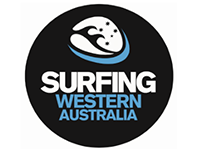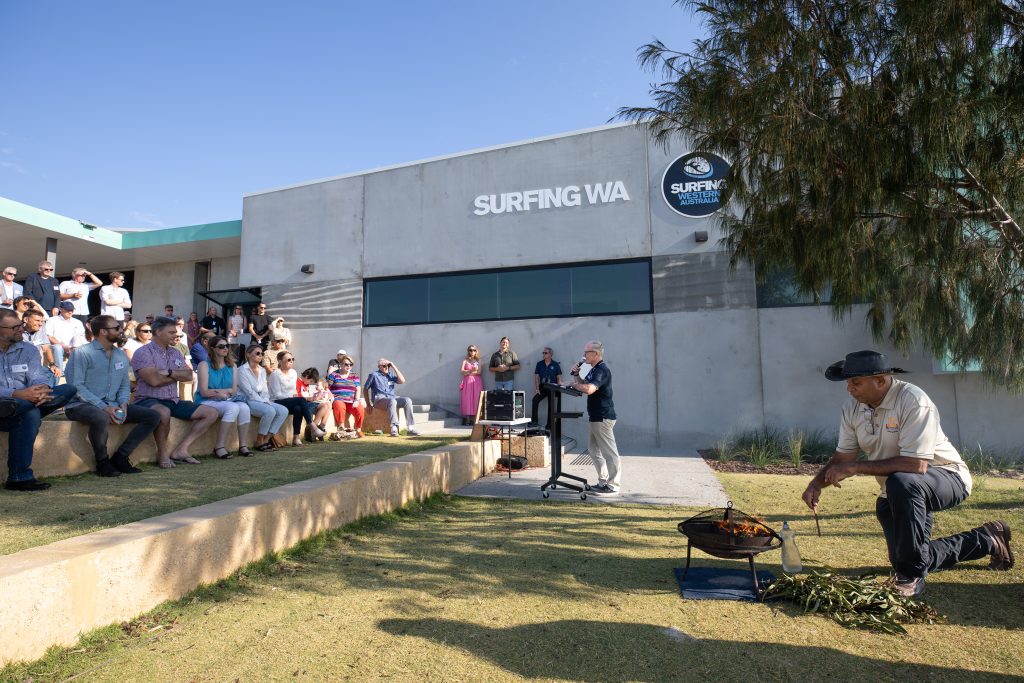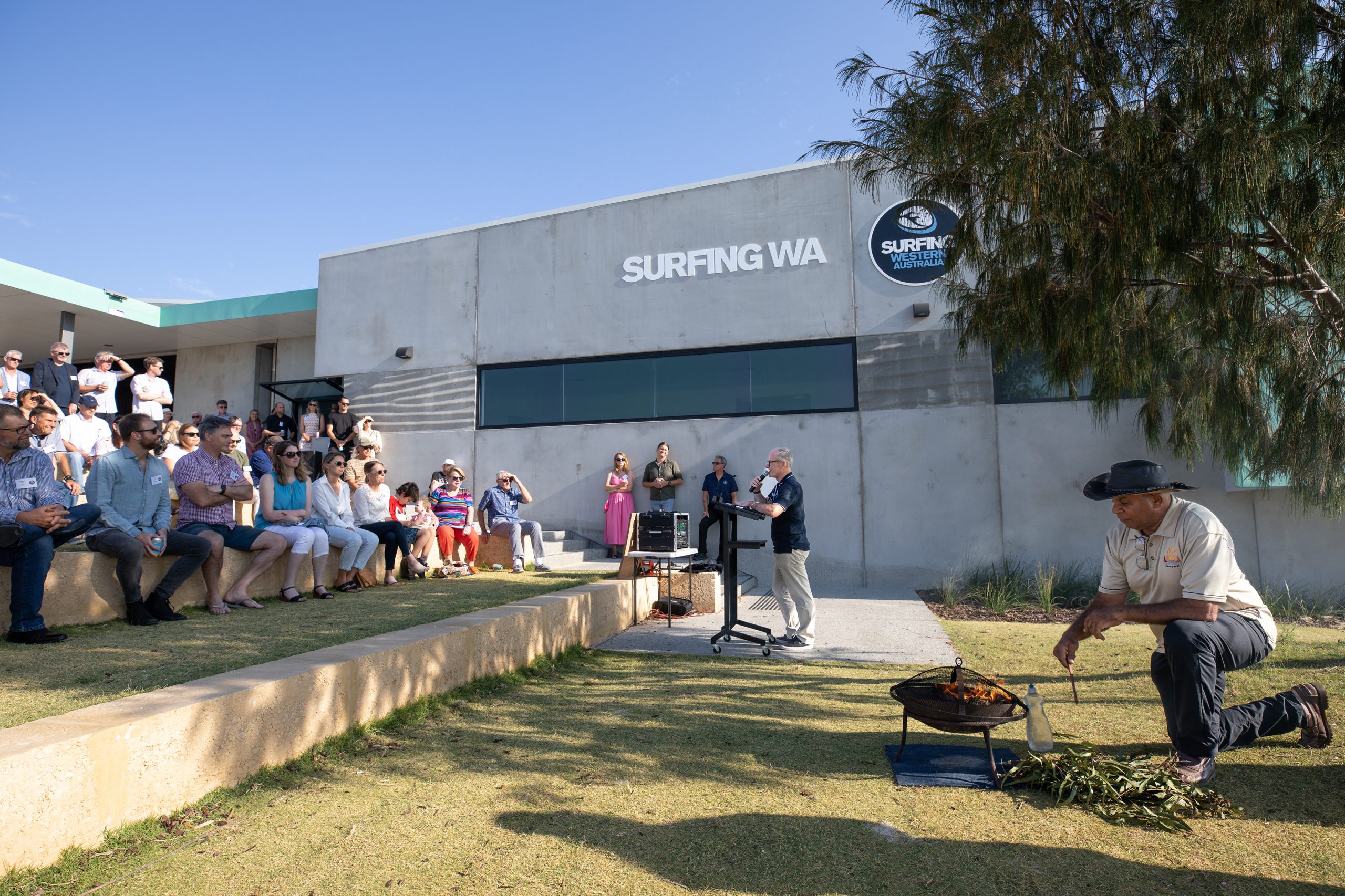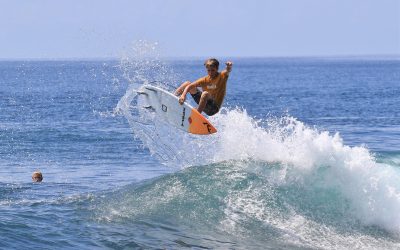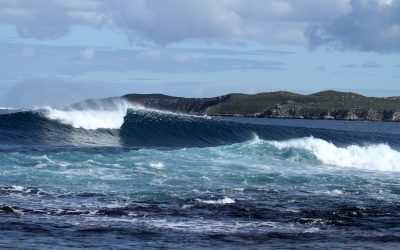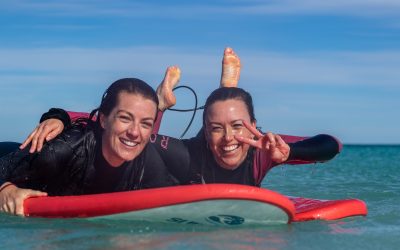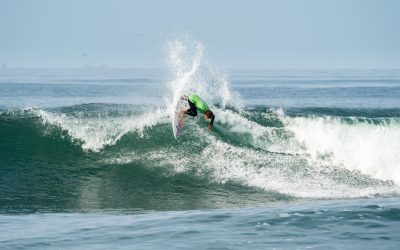Surfing WA has officially opened the doors of its new multi-million-dollar world class facility at Trigg Beach, which is expected to see thousands of people through its doors this summer and beyond.
Surfing WA Chair, Mike Best, and Surfing WA Headquarters Project Sub-Committee Chair, Graham Brimage, were joined by City of Stirling Mayor, Mark Irwin, to cut the ribbon following a traditional Welcome to Country and Smoking Ceremony performed by Nick Abraham from Warrang-Bridil. The proceedings took place in front of a large gathering of Federal and State Ministers, local councillors, Surfing WA Life Members, Board Members, and staff, as well as sponsors.
Thanks to federal funding from the Community Development Grants scheme, the state-of-the-art facility features office space with 180-degree views of the Indian ocean, purpose-built Surf School, storage facilities and amenities for training and development, meetings, and functions for use by local boardrider clubs, community groups, commercial organisations, and the wider community.
“Our new building represents a real coming of age for Surfing WA and will be a springboard to even bigger and better things in the future,” said Surfing WA Chair, Mike Best.
Located approximately 250 metres south of Surfing WA’s previous ageing headquarters which were no longer ‘fit for purpose’, the new facility was built with sustainability at its core and was designed to complement the coastal environment and enhance the usability of the public open space.
Architect Norm Bateman from Bateman Architects also designed the building to take full advantage of the natural light and prevailing winds for air flow, and incorporated features such as energy saving movement sensitive LED lights and gas filled double glazed windows. The building also runs almost entirely on solar energy thanks to Plico Energy.
Surfing WA CEO Mark Lane said the new headquarters not only provides a strong cultural home for surfing in WA but will ensure continued growth in the sport and inspire the next generation of surfers.
“The project started back in the early 2000’s, spanning over two decades, and has consumed hundreds of hours of planning, commitment and resourcing by many people, mostly in a voluntary capacity,” said Mr Lane. “But the result is magnificent.”
Events
